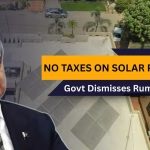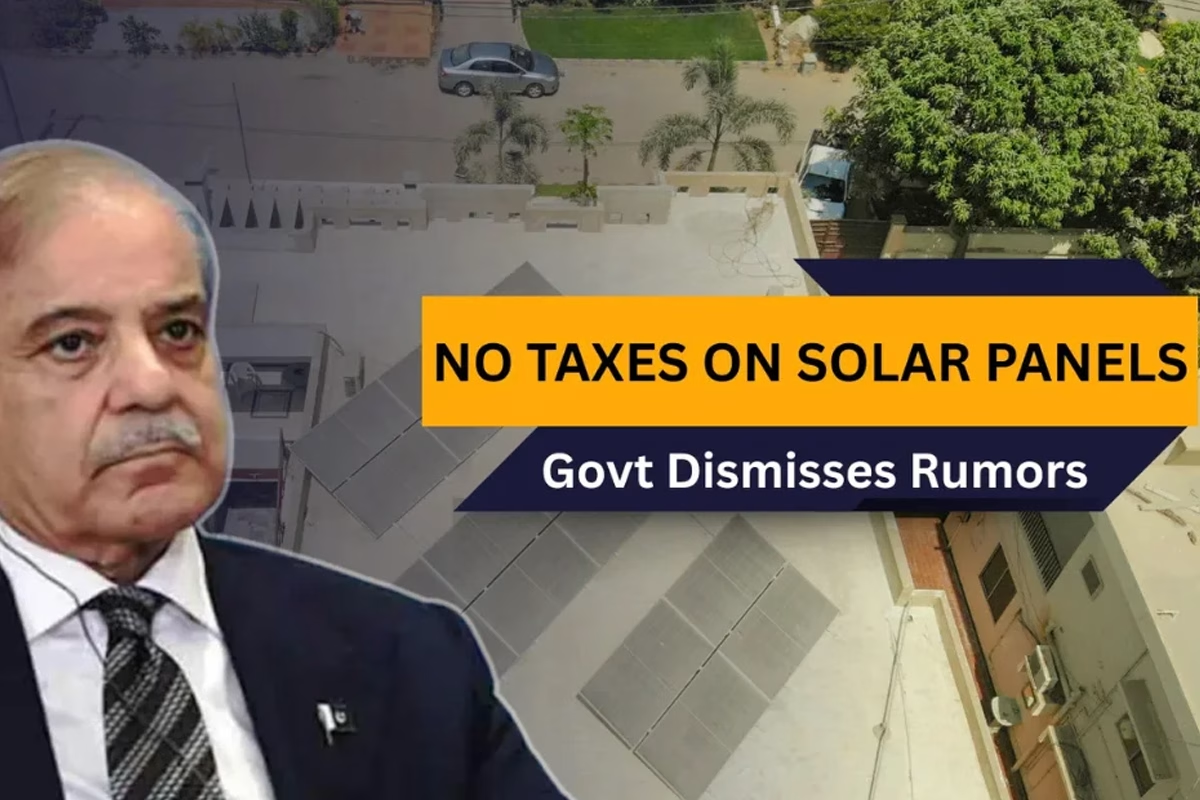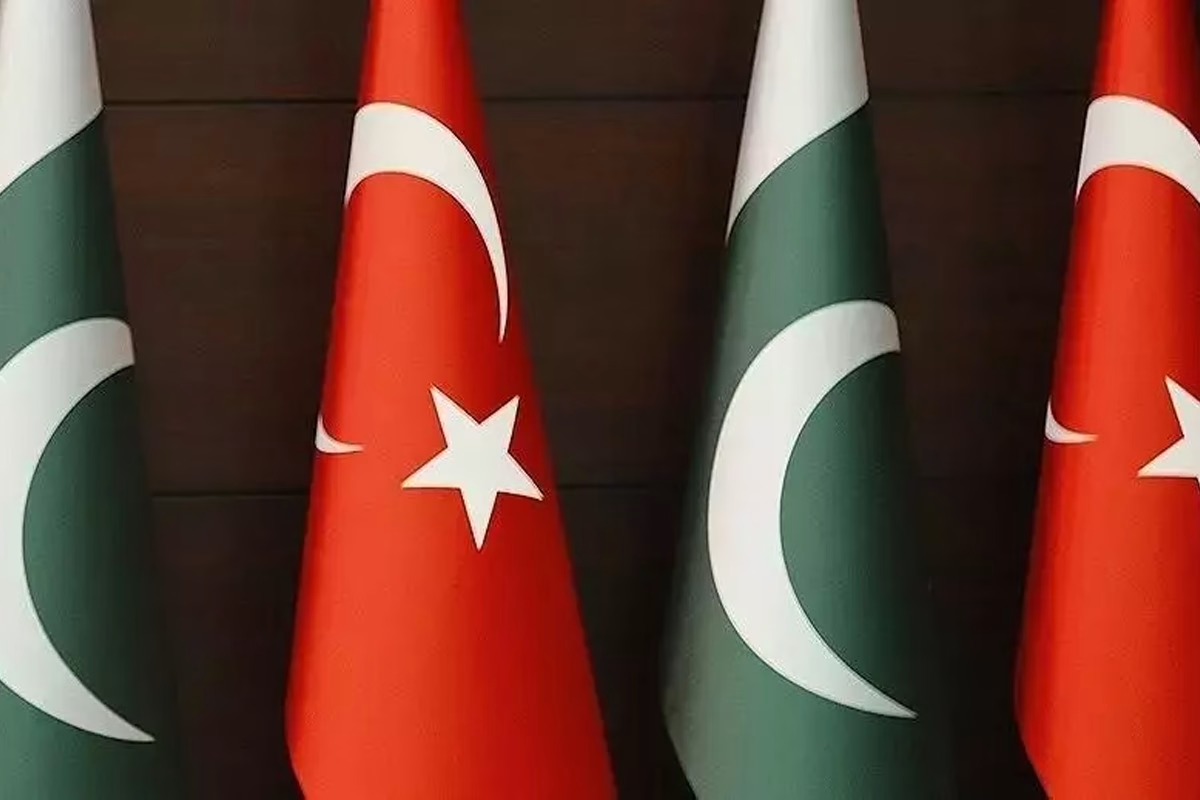
PM Shehbaz Sharif Reaffirms Commitment to Solar Energy Amid Net-Metering Revisions
April 16, 2025The term “Solar Blitz” has been coined to describe the rapid and explosive expansion of photovoltaics in Pakistan. The news magazine Fokus has called it “the most extreme expansion ever.” In keeping with the military-inspired language, one might even say that “Pakistan is leading the world in the solar revolution.”
In Germany, Pakistan is often associated with poverty and terrorism—an image that, like in many other places, is deeply misleading. The idea that Pakistan, often labeled as “poor,” could install as much new photovoltaic capacity as wealthy Germany in 2024—over 16 GW—has left many questioning the numbers. For the first time, mainstream media outlets are reporting on a massive solar market shift even before the industry itself has fully analyzed it.
The reports are based on research from industry analyst Jenny Chase from BloombergNEF, who recently discussed Pakistan’s solar growth in a TED Talk. Rather than relying solely on the notoriously unreliable Chinese export figures for solar modules, she examined satellite imagery to track actual installations. The findings reveal that Pakistan is now filled with photovoltaic systems. While some data gaps and uncertainties remain, one fact is clear: the country is experiencing a massive surge in solar energy adoption.
Both local and global industry experts are surprised, trying to understand the full extent of this growth and how to collect better data. At the same time, Pakistan’s solar transformation could serve as a model for other nations that were previously overlooked in the renewable energy transition—or as a wake-up call for countries like Germany, proving that so-called “developing” nations can lead the way.
Skeptics, of course, are quick to question the trend. Some dismiss it as “internet hype,” while others argue that Pakistan’s weak grid, lack of financing, and shortage of technical experts make such growth unsustainable. But despite these doubts, Pakistan—a country often portrayed as unstable, plagued by power shortages, and facing severe climate challenges—is pressing forward. As rising temperatures and droughts increase the demand for cooling, while conventional power plants struggle due to water shortages, solar energy is emerging as a critical solution.
Pakistan, with its 250 million people, is the fifth-largest country in the world by population. However, its GDP of $338 billion places it 46th globally—similar to the German state of Hesse, which has just 6.4 million people. The country’s grid-connected electricity generation and consumption for 2024 is estimated at 110 TWh, yet surprisingly, this figure appears to be declining compared to 2023—a possible sign of the solar boom offsetting conventional energy demand.
With annual solar radiation levels 1.5 to 2.5 times higher than Germany’s, Pakistan has enormous potential. If it successfully installs the projected 17 GW of new capacity in 2024, adding to the 26 GW total for 2023–24, this could generate 30 to 50 TWh of solar power annually—covering at least 30% of total electricity consumption in just two years.
This shift is entirely possible. When regulators and grid operators fail to act, individuals and businesses take matters into their own hands. In Pakistan, solar energy is increasingly seen as a plug-and-play solution—affordable, accessible, and easy to implement. Pakistanis are already accustomed to backup power systems, having relied on diesel generators and battery storage for years. Now, with solar panels and batteries cheaper and more widely available than ever, adoption is skyrocketing.
Favorable trade relations with China ensure no tariffs stand in the way of cheap solar imports. As a result, people are simply taking action—installing solar panels on rooftops, in fields, anywhere possible. If a system fails or needs adjustments, it’s quickly fixed and reinstalled. The motivation to finally have cheap, reliable electricity is more than enough to drive this change.
This rapid rise of decentralized solar production is challenging the long-standing need for a traditional “super grid.” With localized energy generation and storage at thousands of sites, concerns about blackouts are becoming irrelevant. If backup power (whether from batteries or generators) is already available, reliability improves dramatically.
If Pakistan—often dismissed as too poor or unstable—can achieve this, then many other nations can and will follow. For Germany and other countries engaged in slow, bureaucratic energy transitions, Pakistan is a real-world example of what’s possible when action takes precedence over hesitation. Unlike Europe, where grids are seen as essential, Pakistan is proving that 24/7 decentralized energy solutions can work—at a fraction of the cost.
The shift toward photovoltaic-wind-storage hybrids is already happening on a massive scale in China, where gigawatt-sized systems are being deployed without grid connections to produce hydrogen. Similar setups can now be replicated worldwide, even on a smaller scale. Pakistan, however, seems to be moving at warp speed, leading the way with a truly XXL solar revolution.
I can’t wait to see what further insights emerge from Pakistan and to understand the full scale of this “solar flash.” As someone who has spent 33 years in the solar industry, I find this to be one of the most exciting and inspiring developments I’ve ever witnessed. I hope the people of Pakistan continue to benefit from this remarkable transformation—and honestly, I envy their “just do it, deal with the paperwork later” approach.




